|
What is a S330 Landscape & Recreation Contractor?
All contractors are not alike and not all 'lawn care' companies are licensed to do landscaping work. A general lawn care business license allows you to do just that, lawn care and basic sprinkler repair. Full yard installation, sprinkler systems and hardscape features require additional experience and knowledge in plumbing, electrical and building code. All specialty licensed landscape contractors must
And while landscapers can provide a beautifully mowed lawn, they know a lot more than just how to walk in a straight line… 😉 Unfortunately the landscape trade is the least regulated of all the trades, so we hear a lot of stories when fixing the work of unqualified lawn companies who cut corners or just plain aren't educated in landscaping contracting. There are 3 things we educate people on when looking for a landscape contractor or any contractor. One is that they are a 'landscape' contractor, not just a general contractor or just have a lawn business. They should be licensed with DOPL (the 4 Digit Identifier for landscapers is 5501), have a State Business License AND a City Business License. They should have commercial insurance and you should request a COI or Certificate of Liability Insurance for large jobs. Look for a website. Many dishonest contractors won’t have a website or online presence to prevent negative reviews and limit contact with customers. Just having a basic website means they are business minded, more professional and not just a come-and-go start up. Lastly, get 3 bids and never go with the cheapest because you always get what you pay for in landscaping. The term 'dirt cheap' isn't a real thing, good dirt is actually quite expensive… Most importantly…. Great landscapers will usually be booked throughout the season and because they are honest, they won’t ‘fit you in’ or rush a current job just for more business. You will need to be put on their schedule to 'wait in line'. They care about each customer and will dedicate their full attention to the current project. If you call a landscaper and they are several weeks out, it's because they are good, honest and worth the wait and won't skimp on quality!
29 Comments
Whether you choose to mow your own lawn or have us do it for you, we'll share with you our method and how you can help to make your lawn healthy and green!
Aerating:
Besides being expensive, over-watering damages the lawn, contributes to poor growth, and causes serious disease problems. Over-watering contributes to iron chlorosis or yellowing in lawns, trees and shrubs, and makes more frequent fertilizer applications necessary. Water is usually applied too often and left on too long so water runs down the gutter. Turf studies show that most lawns only need to be watered once every 3 or 4 days to stay healthy and green. Water infrequently and deeply. If water is applied every day, the roots accumulate in the top 1 to 2 inches of soil. This creates weak plants that are more subject to insect, disease and drought damage.
Unfortunately, if your neighbor has weeds or dandelions, you will probably have weeds or dandelions. But, here’s what can help:
As a landscaping company, we love the outdoors! Our goal is to beautify the world around us and find ways we can do so with less negative impact on the environment. We have always been interested in acquiring electric equipment that would reduce emissions, but while electric equipment has become available for residential use, it has been more difficult to find mowers that are built to withstand the rigorous use of a commercial lawn maintenance business.
If you're interested in water conservation, Xeriscaping is a wonderful alternative to an all-grass yard. There are plenty of drought tolerant flowers and plants that can be incorporated into a landscape design to reduce the amount of water usage. Check out Weber County's water-wise suggestions and guidelines in the informational pamphlet below. We love to install Xeriscape!
|
|||||||
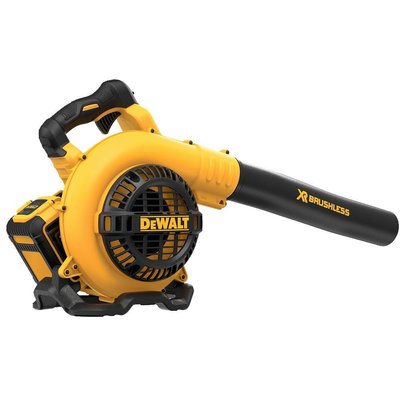
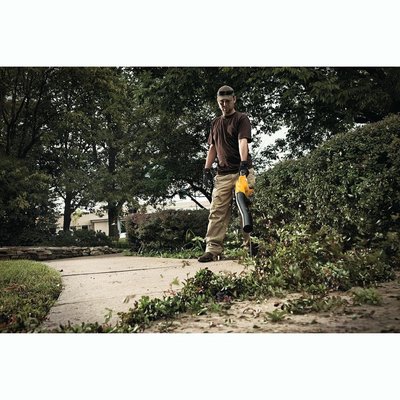
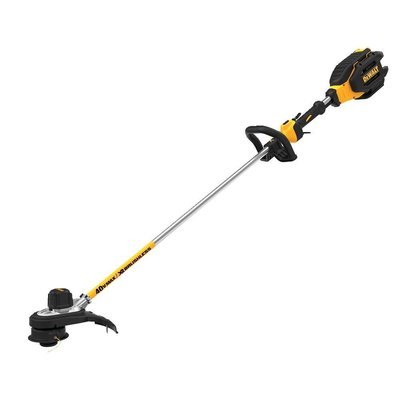
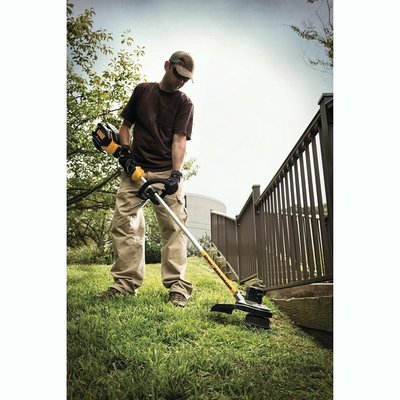
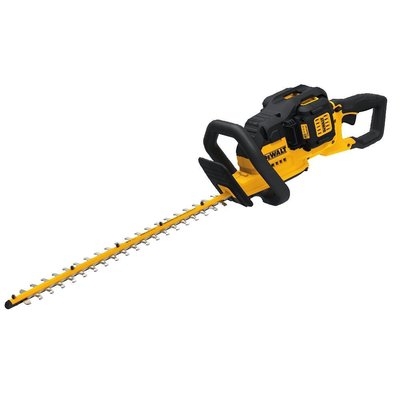
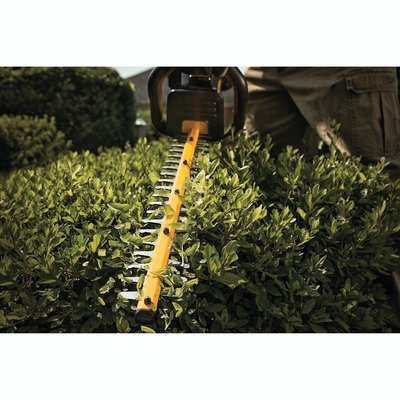
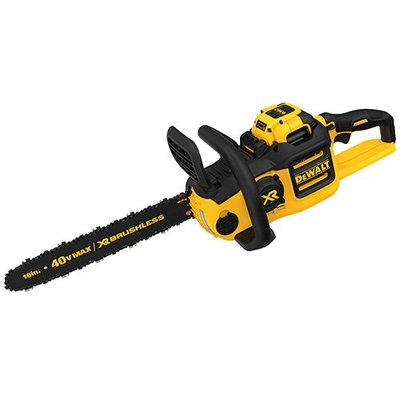



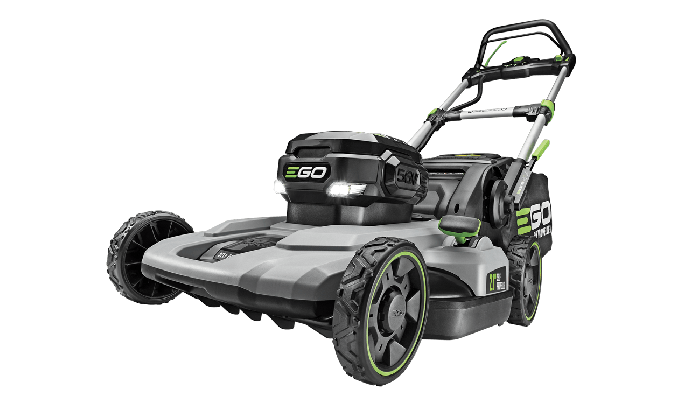
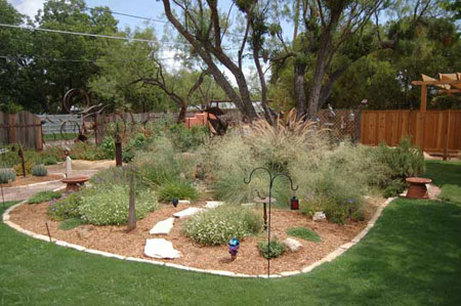
 RSS Feed
RSS Feed
